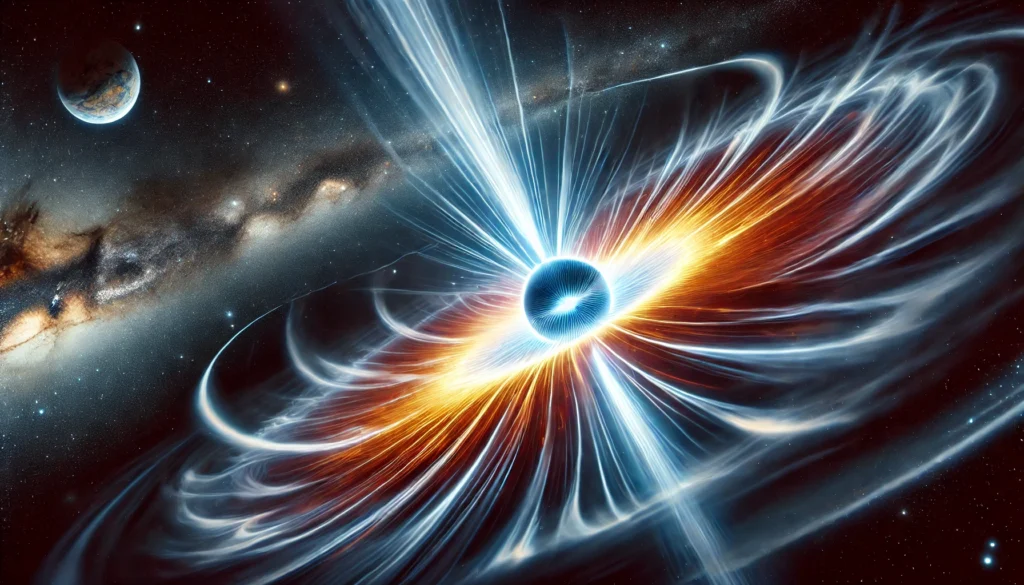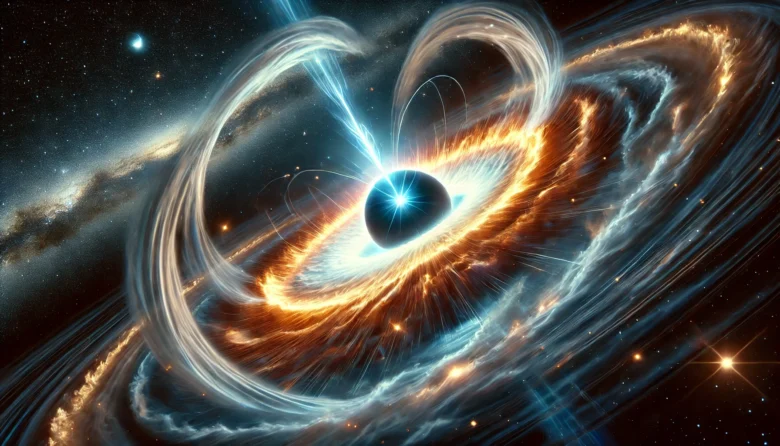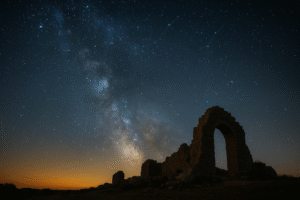Imagine holding a teaspoon of material so dense it weighs about 6 billion tons. That’s heavier than Mount Everest and enough to crush any earthly container. This mind-boggling fact isn’t science fiction; it’s the reality of neutron stars—remnants of massive stars that have undergone supernova explosions. Neutron stars push the boundaries of what we know about physics, density, and the cosmos, making them a fascinating subject for scientists and stargazers alike. But what makes these celestial objects so extraordinary? Let’s dive into their story.
The Science Behind Neutron Stars
Formation of Neutron Stars
Neutron stars are formed during the dramatic death of a massive star, specifically in a supernova explosion. When a star with a mass 8 to 20 times that of the Sun runs out of nuclear fuel, its core collapses under gravity. This implosion forces protons and electrons to merge, creating neutrons—hence the name neutron star. What remains is a dense, city-sized object, typically just 20 kilometres in diameter but packing more mass than the Sun.
Unique Features
Unimaginable Density: The incredible weight of a neutron star’s material comes from its density. A sugar-cube-sized amount of this material would weigh around 1 trillion kilograms. This density results from the absence of empty space between particles; everything is compressed to the limit.
Rapid Rotation: Most neutron stars spin rapidly, completing a rotation in milliseconds to seconds. These fast-spinning stars are called pulsars because they emit beams of electromagnetic radiation that appear to pulse as the star rotates.
Intense Gravity: A neutron star’s gravitational pull is about 2 billion times stronger than Earth’s, capable of bending light and distorting space-time around it. This gravity keeps its structure intact despite the immense forces at play.

Real-World Analogies and Experiments
To understand neutron stars better, let’s look at some relatable comparisons and scientific efforts:
Mount Everest vs. Neutron Star Material:
If you could bring a teaspoon of neutron star material to Earth, its weight would dwarf Mount Everest. However, the material would vaporize everything in its vicinity due to its intense gravity and energy, making it impossible to study directly.
Simulations on Earth:
Scientists use advanced computer models to simulate the extreme conditions of neutron stars. Laboratories also recreate high-pressure environments using devices like diamond anvil cells, although they can only mimic a fraction of the star’s density.
Pulsars as Cosmic Lighthouses:
1967 Jocelyn Bell Burnell discovered pulsars, rapidly spinning neutron stars emitting radio waves. This discovery revolutionized our understanding of these objects and provided insight into extreme states of matter.
Significance in Science
Neutron stars are a treasure trove for understanding the universe:
Testing Ground for Physics: These stars exist at the limits of known physics, providing insights into quantum mechanics and general relativity. They may even help unravel the mysteries of dark matter.
Cosmic Laboratories: The behaviour of neutron stars gives clues about the early universe. Collisions between them produce gravitational waves, heavy elements like gold and platinum, and bursts of gamma rays—all observable phenomena.
Inspiration for Technology: Pulsar timing has been proposed as a navigation system for spacecraft, using their predictable signals as celestial GPS.
Challenges and Unsolved Mysteries
Studying neutron stars is no easy feat:
Distance and Observation: Located light-years away, neutron stars are difficult to observe. Scientists rely on telescopes that detect X-rays, gamma rays, and radio waves to study them indirectly.
Extreme Conditions: The extreme gravity and density challenge our understanding of matter. For example, the exact composition of a neutron star’s core remains a mystery. Are there exotic particles like quarks or strange matter? We don’t yet know.
High Energy Events: Collisions between neutron stars produce immense energy, yet scientists are still unravelling the mechanisms behind these events and their implications for cosmic evolution.
Conclusion
Neutron stars remind us of the incredible diversity and wonder of the universe. They defy our intuition, revealing how nature operates under the most extreme conditions. These stellar remnants challenge our understanding of physics and inspire countless questions about the cosmos. Could future discoveries about neutron stars redefine our knowledge of the universe? Only time will tell, but the journey to find answers is as exciting as the mysteries themselves.
Author’s Note
The concept of a teaspoon of neutron star material weighing billions of tons fascinates me because it highlights how little we know about the extremes of our universe. It’s a humbling reminder of the vastness and complexity of existence—and the ingenuity of human curiosity to explore it.
G.C., Ecosociosphere contributor.





Comments
0k5iem
I was recommended this website by my cousin I am not sure whether this post is written by him as nobody else know such detailed about my trouble You are amazing Thanks